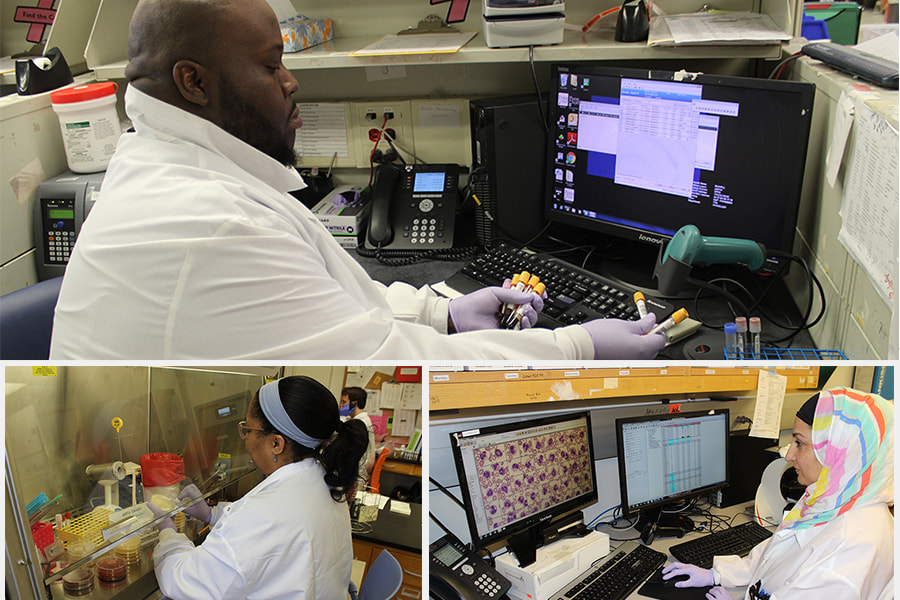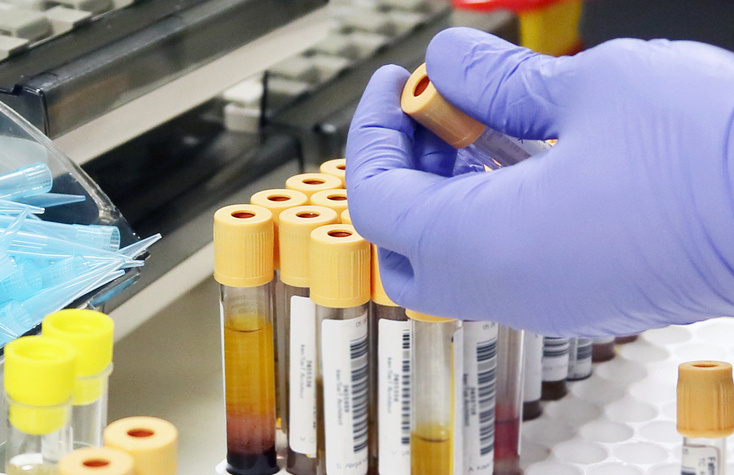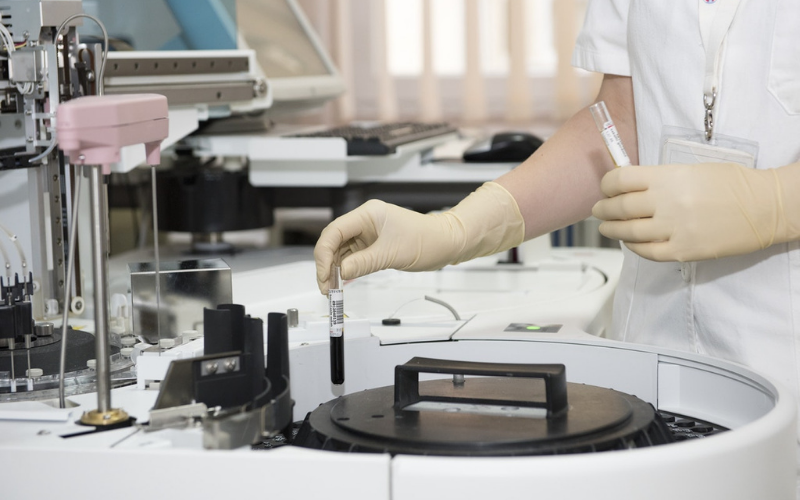|
As technology continues to evolve, so too does the field of specimen processing and analysis for laboratory agencies. By leveraging new advances in automation and digitalization, lab professionals can improve the accuracy of their workflows while cutting down on costs and time needed to process specimens. This article will discuss the key ways that technology helps streamline specimen processing and analysis for laboratory agencies. One of the most significant developments in history has been the advent of automated systems for sample collection, preparation, and analysis. Automated systems such as liquid-handling robots not only save time by allowing technicians to set up experiments with minimal user-input, but they also help reduce human error which is a major factor when it comes to obtaining accurate results. Additionally, robotic systems can be programmed to perform complex tasks such as pipetting multiple samples into individual test tubes or microplates without any help from human operators. Another innovation that has made its way into laboratories is digital imaging technology.
This type of technology allows labs to take pictures of samples using microscope-based imaging systems which are then analyzed electronically—without manual intervention by a technician—allowing them to identify issues much quicker than before. Additionally, this method also eliminates potential contamination issues as it allows technicians to produce clean images with minimal risk of outside interference. Furthermore , advances in analytical instrumentation have enabled labs gain access more detailed data from samples than ever before. Instruments such as mass spectrometers can detect minute differences between molecules , enabling greater accuracy when analyzing various types of samples. Furthermore , computer algorithms have been developed to automate data processing steps further helping speed up whole process specimen testing. Finally , cloud-based technologies have become increasingly important for laboratory agencies . These tools provide a secure platform for storing sensitive information related to biological specimens , thus allowing labs build reliable datasets quickly. Additionally , cloud computing allows agencies easily access data from different locations which makes it possible teams located around world collaborate on same project without jeopardizing security patient data. In conclusion , technology has played an integral role streamlining specimen processing and analysis within lab agencies over past few decades.
Automation allows technicians carry out experiments faster while minimizing potential human errors leading more accurate results every time . Additionally , digital imaging helps minimize contamination issues providing cleaner images for research purposes. Moreover advancements analytical instruments including mass spectrometry enable labs gain detailed insight into samples like never before . Finally , cloud-based technologies make collaboration easier secured environment store data safely away from prying eyes making sure confidentiality maintained amongst members team at all times overall creating higher quality care experiences patients everywhere.
0 Comments
Leave a Reply. |
�
categories
Categories
All
|





 RSS Feed
RSS Feed